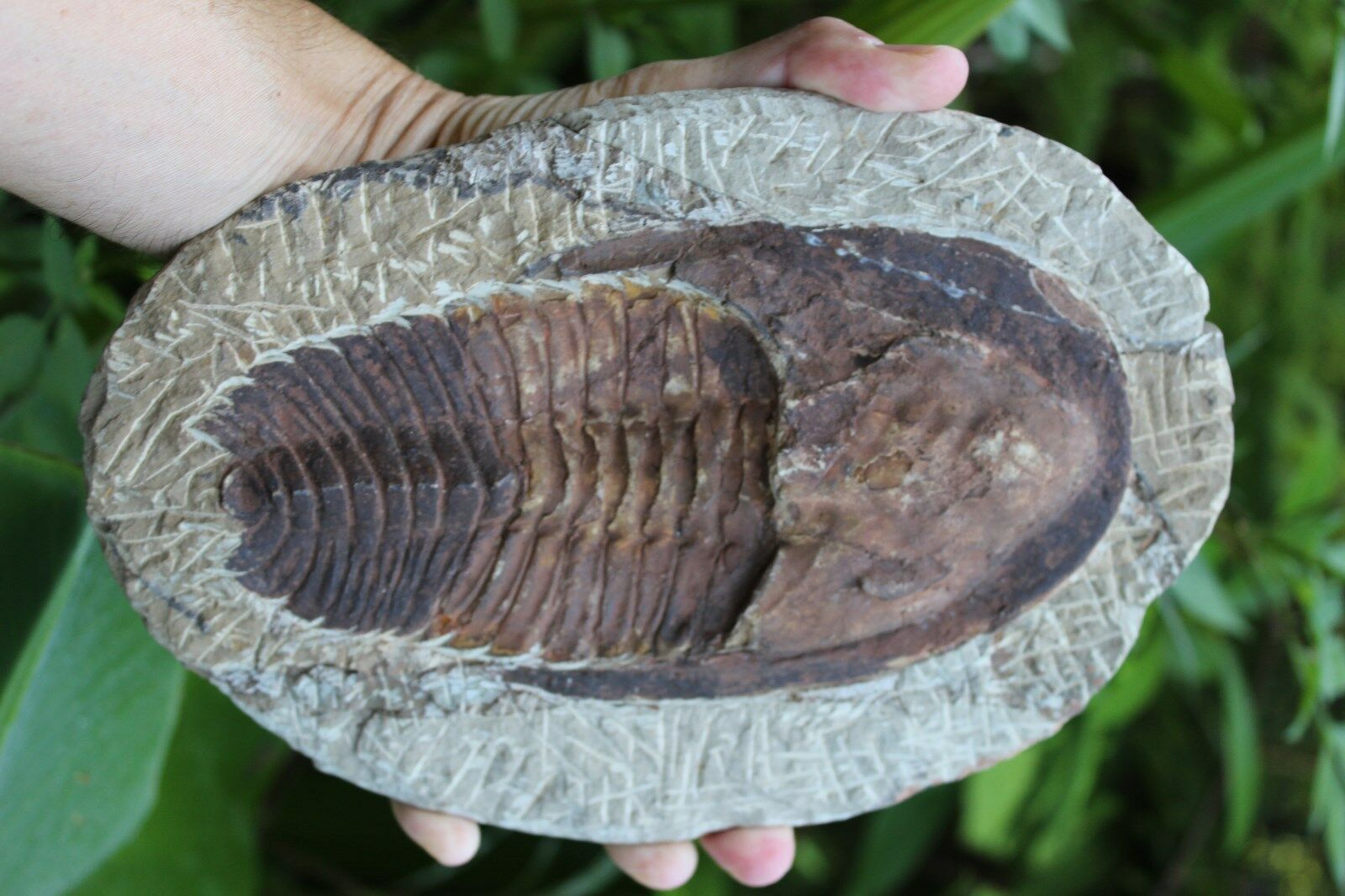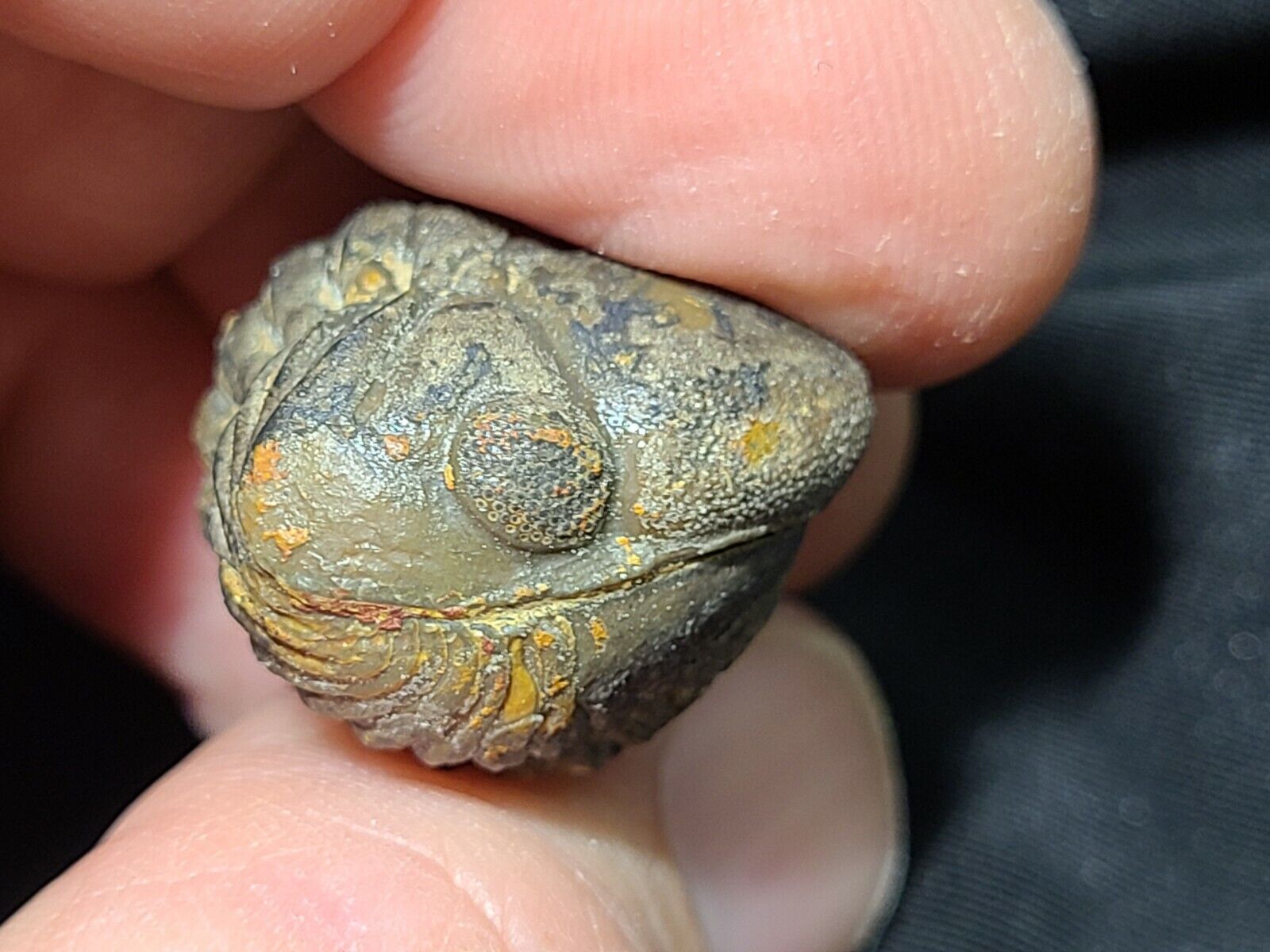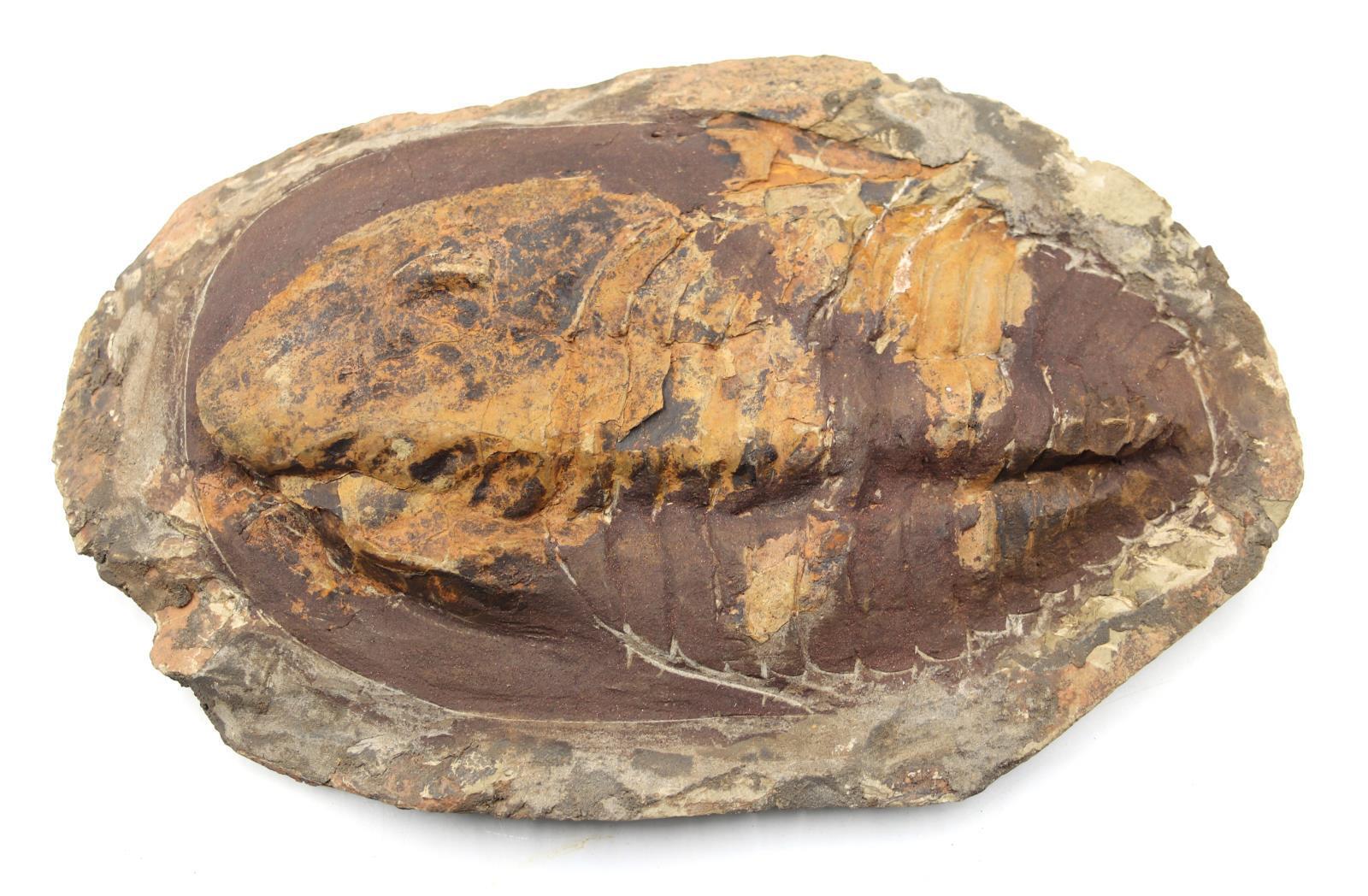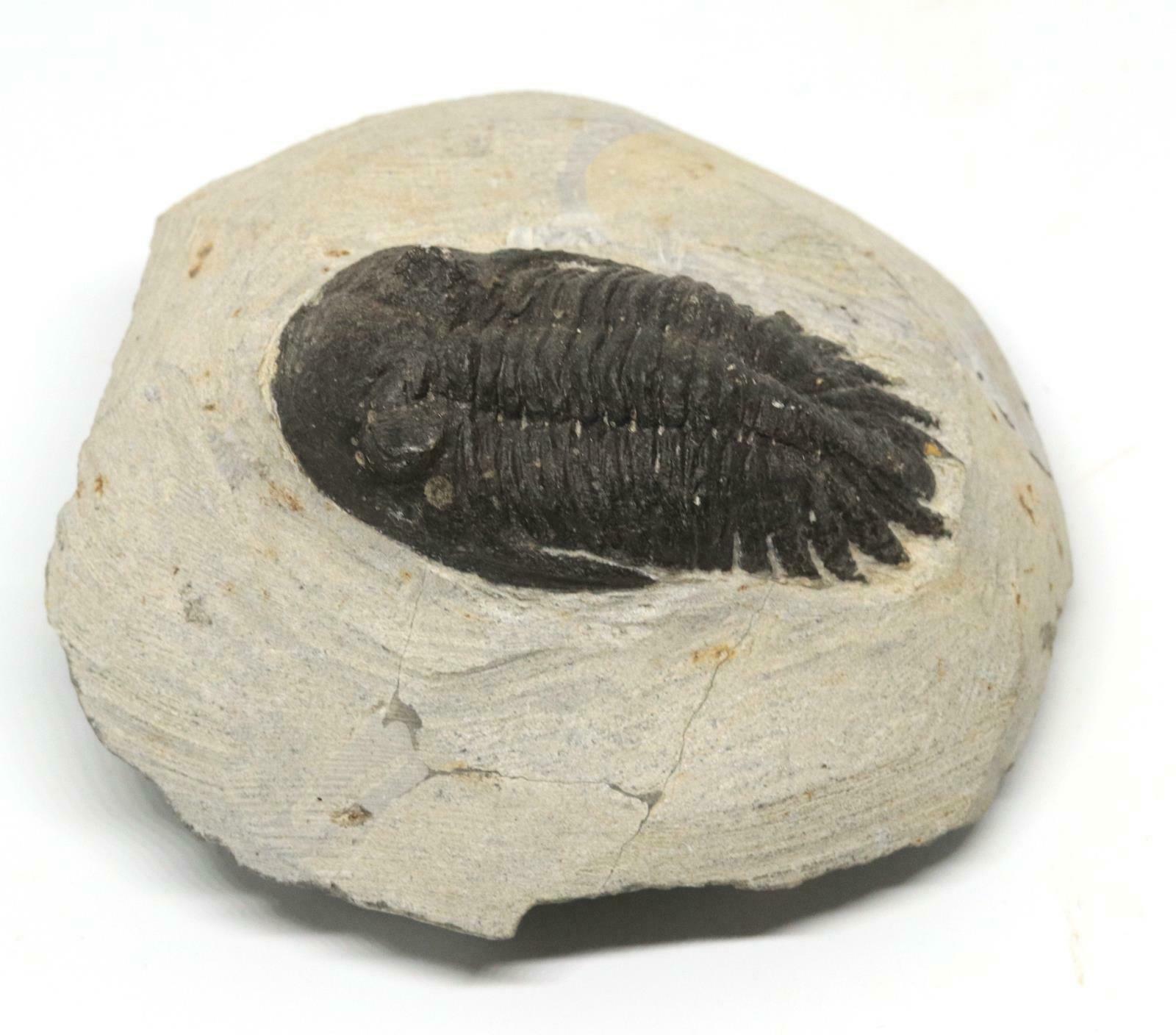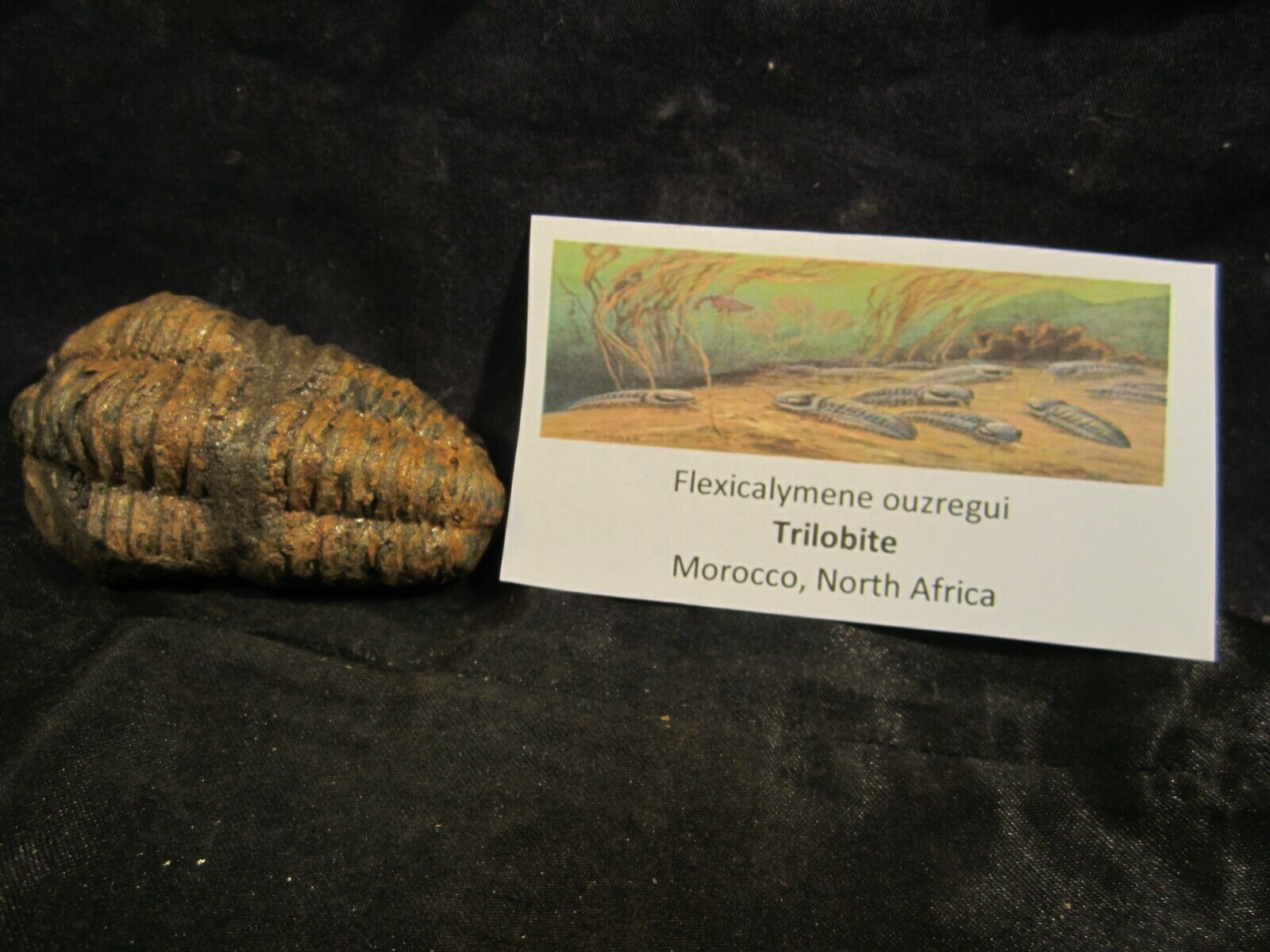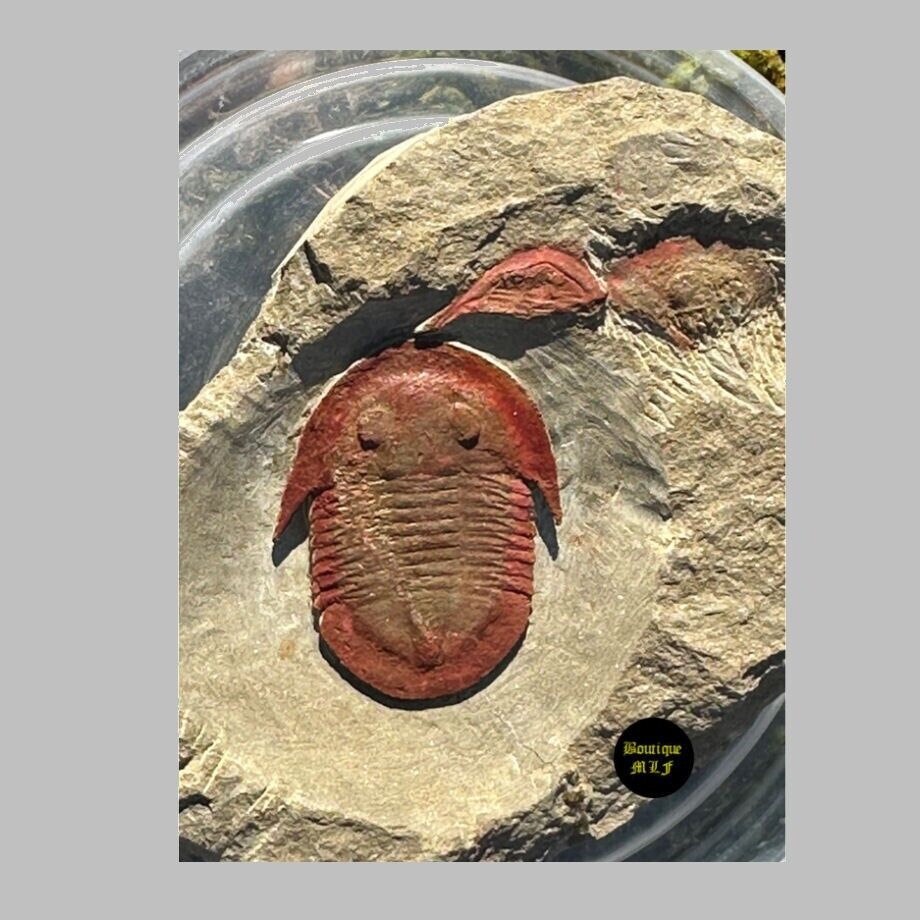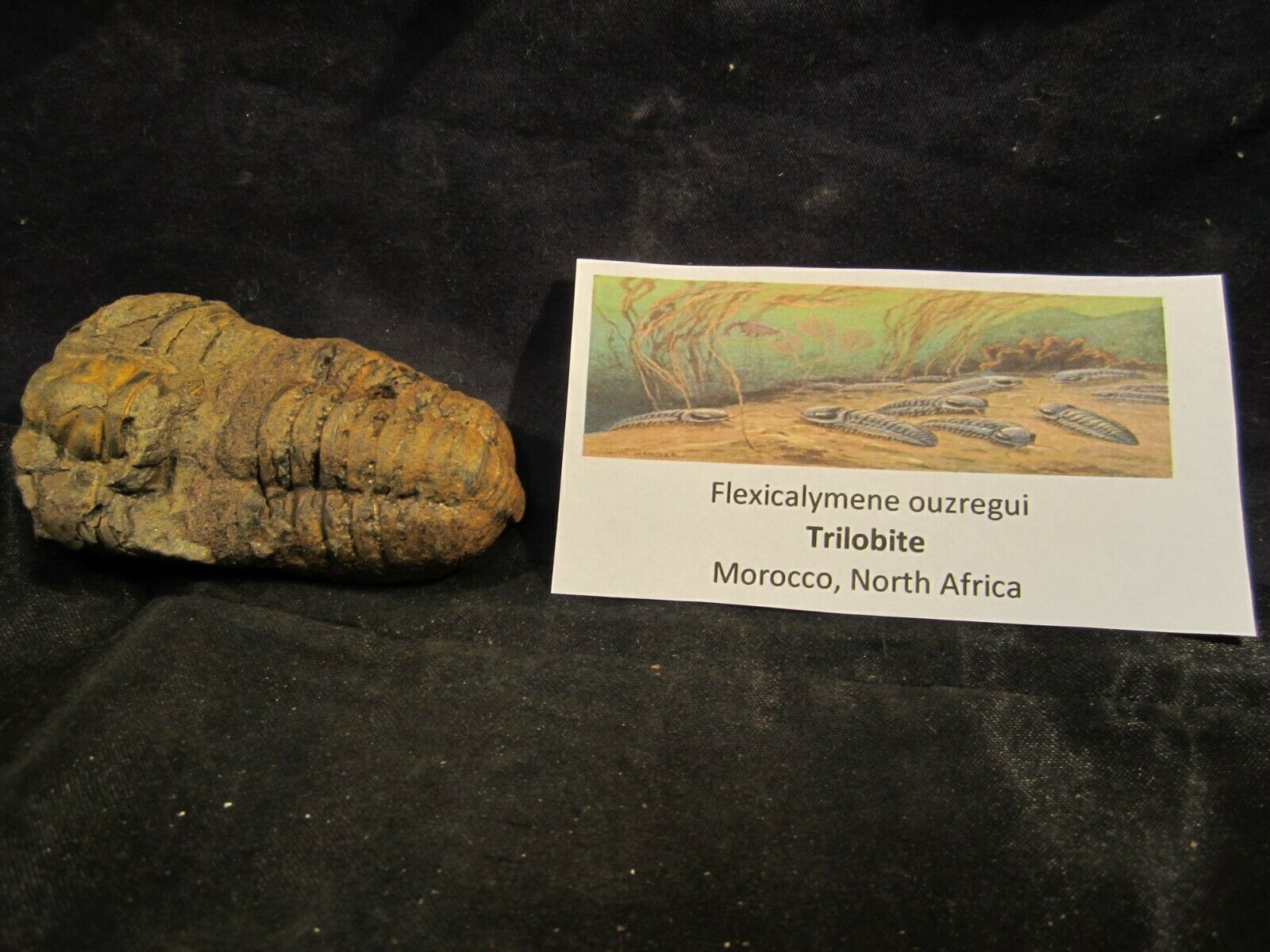-40%
Genuine Fossil Trilobite, 521-250 million years BC
$ 158.4
- Description
- Size Guide
Description
Genuine Fossil Trilobite, 521-250 million years BCSize: 9.5 x 6.5 x 1 inches = 24 cm x 16 cm x 2.5 cm;
Weight: 3 lb. 1oz. = 1387 g
Trilobites
(
pronunciation:
/
ˈ
t
r
aɪ
l
ə
ˌ
b
aɪ
t
,
ˈ
t
r
ɪ
-
,
-
l
oʊ
-
/
;
[2]
[3]
meaning "three lobes") are a fossil group of
extinct
marine
arthropods
that form the
class
Trilobita
. Trilobites form one of the earliest known groups of arthropods. The first appearance of trilobites in the fossil record defines the base of the
Atdabanian
stage of the
Early Cambrian
period (
521
million years ago
), and they flourished throughout the lower
Paleozoic
era before beginning a drawn-out decline to extinction when, during the
Devonian
, all trilobite orders except the
Proetids
died out. Trilobites finally disappeared in the
mass extinction
at the end of the
Permian
about
250
million years ago
. The trilobites were among the most successful of all early animals, roaming the oceans for over 270 million years.
[4]
By the time trilobites first appeared in the fossil record, they were already highly diversified and geographically dispersed. Because trilobites had wide diversity and an easily
fossilized
exoskeleton
, an extensive fossil record was left behind, with some 17,000 known species spanning
Paleozoic
time. The study of these fossils has facilitated important contributions to
biostratigraphy
,
paleontology
,
evolutionary biology
, and
plate tectonics
. Trilobites are often placed within the
arthropod
subphylum Schizoramia within the superclass
Arachnomorpha
(equivalent to the Arachnata),
[5]
although several alternative
taxonomies
are found in the literature.
Trilobites had many lifestyles; some
moved over the sea bed
as
predators
,
scavengers
, or
filter feeders
, and some
swam
, feeding on
plankton
. Most lifestyles expected of modern marine arthropods are seen in trilobites, with the possible exception of
parasitism
(where scientific debates still exist).
[6]
Some trilobites (particularly the family
Olenidae
) are even thought to have evolved a
symbiotic
relationship with sulfur-eating bacteria from which they derived food.
[7]
